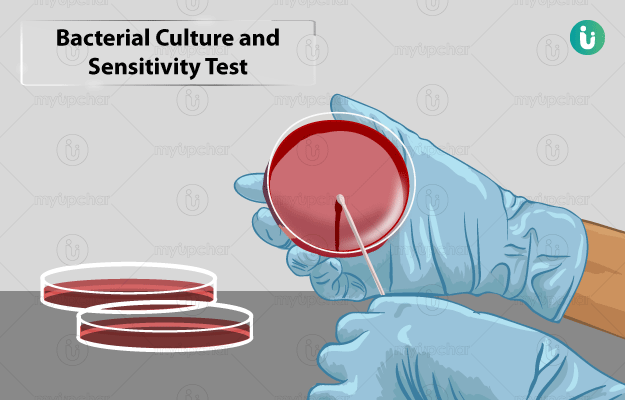What is Bacterial Culture and Sensitivity test?
Bacteria are microorganisms present abundantly in the environment. Though not all bacteria are harmful, pathogenic species may cause infections. If left untreated, bacterial infections may spread in the body, leading to a life-threatening condition called sepsis.
The bacterial culture and sensitivity test checks for the presence of bacterial infection in a particular body fluid or area of the body. This test also identifies the bacteria and checks what antibiotics it is sensitive to so the right drugs may be prescribed.
The procedure can take up to several days. For rapid detection of sensitivity, automated machines have been invented. One of these machines is the Vitek-2. Therefore, the test may also be referred to as the Vitek test.






























